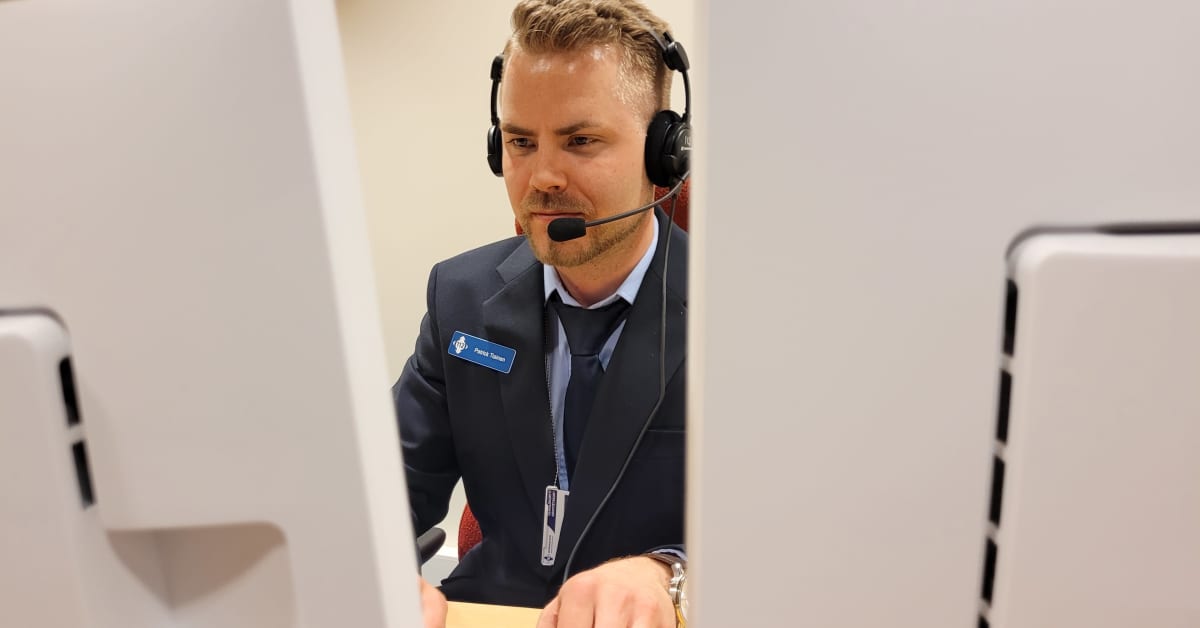Video calling to emergency service dispatchers is not yet possible anywhere in the world, but Finland is aiming to find out if it could be done.
Prime Minister Petteri Orpo’s (NCP) government programme, calls for looking into the possibility of using video calls to reach emergency services.
The use of video could give emergency service experts a better idea of the situation at hand, but there would be a few hurdles to cross before such a system could be implemented.
What kind of platform that could be used is still an open question, as commercial video conferencing apps like FaceTime and WhatsApp would most likely be off the table, due to concerns including data security.
According to EU rules, eventual video calls to emergency services would be obligated to have the video feature on both ends — the caller and the dispatcher. But due to security issues, emergency services centres have not been equipped with video conferencing tech.
According to Arttu Perttula, director of the Emergency Response Centre Agency’s development department, there are other possible impacts that video calls could have on emergency services staff.
“For us, staff job satisfaction is very important. The use of video and images [in 112 calls] could possible pose new challenges in that the images could be even more burdensome and traumatising than traditional phone calls,” Perttula explained.
Using video chats would also raise questions about data security, as the privacy of callers needs to be insured, he noted.
“From a technical point of view, we have to record all calls. If we start using video, the recordings would take up quite a bit of [computer] storage space,” Perttula pointed out.
According to an EU directive on the matter, an emergency video call system would also need to have the option of text input in real time, a feature which is expected to be put in use alongside the current voice-based telephone arrangement.
Finland is already piloting an emergency services video calling system as an accessibility feature for people who use sign language and their interpreters.



No, how could you possibly come to that conclusion?
“Obliged” means “required”
It says “feature,” not that every call has to be a video call, its just that they need to have it as an option available.